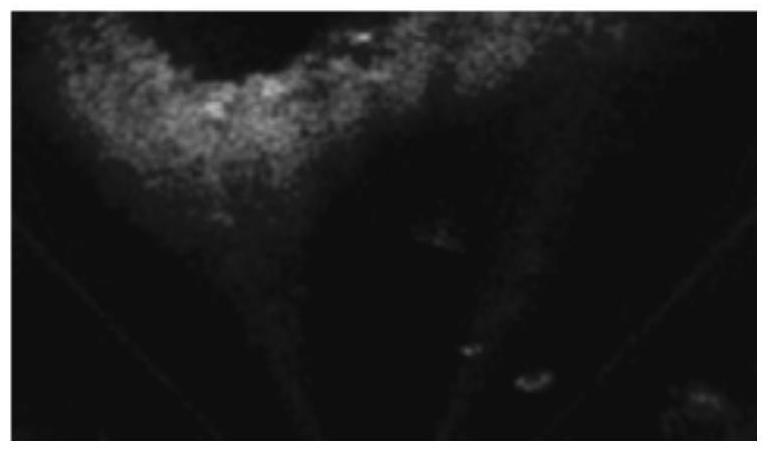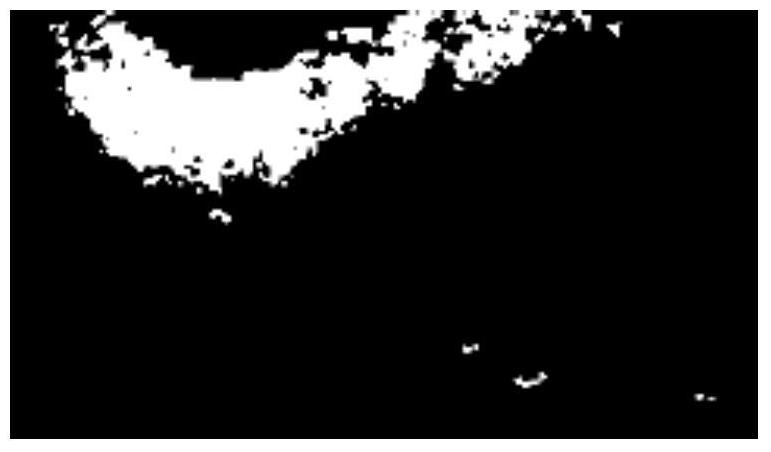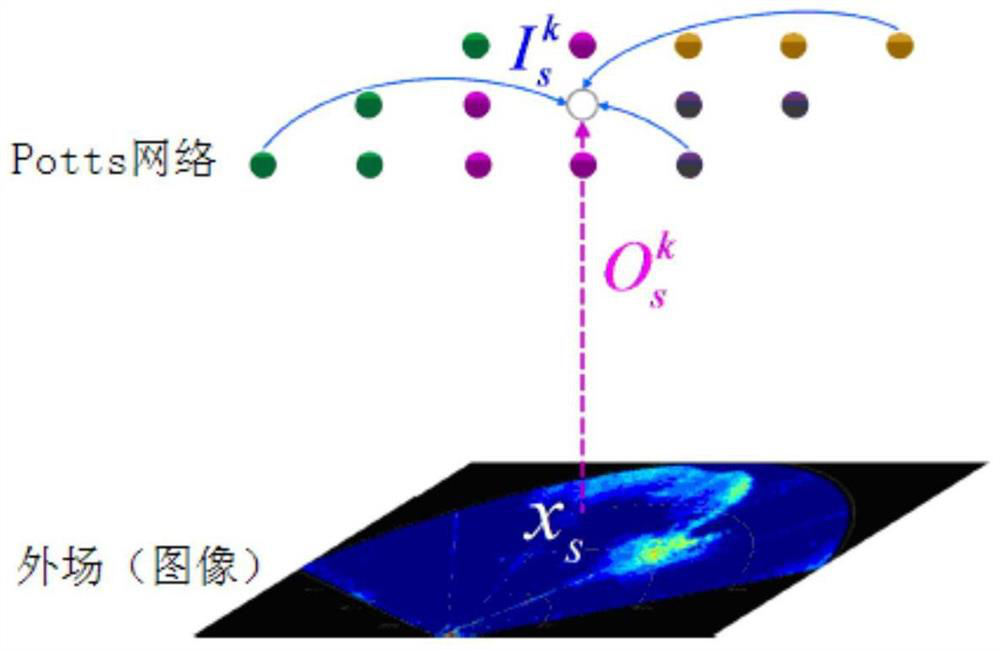A method for underwater forward-looking sonar image segmentation based on modal mrf random field
A forward-looking sonar and image segmentation technology, which is applied in image analysis, image enhancement, image data processing, etc., can solve problems such as over-smoothing, loss of contour information, limited plaque noise in MRF model processing, etc., and achieve good segmentation effect, The effect of rapid convergence
- Summary
- Abstract
- Description
- Claims
- Application Information
AI Technical Summary
Problems solved by technology
Method used
Image
Examples
Embodiment Construction
[0045] The present invention will be described in further detail below in conjunction with the accompanying drawings.
[0046] like Figure 9 As shown, a forward-looking sonar image segmentation method based on modal Markov random field includes the following steps:
[0047] Algorithm input: Forward-looking sonar image X={x i} i=1,...,H×W (like figure 1 shown), where x i Indicates the gray value of the i-th pixel, H and W are the height and width of the image, respectively.
[0048] Algorithm output: category matrix L={l i} i=1,...,H×W ; l i Indicates the category of the i-th pixel.
[0049] Step 1: Set the state number Q of the Potts unit, and use the variable q to represent any state, that is, q=1,...,Q. For forward looking sonar images, Q is generally set to 2 or 3.
[0050] Step 2: Potts network initialization. The fuzzy C-Means (FCM) algorithm is used to cluster the sonar images, and the number of clusters is the state number of the Potts unit. The result of ...
PUM
 Login to View More
Login to View More Abstract
Description
Claims
Application Information
 Login to View More
Login to View More - R&D
- Intellectual Property
- Life Sciences
- Materials
- Tech Scout
- Unparalleled Data Quality
- Higher Quality Content
- 60% Fewer Hallucinations
Browse by: Latest US Patents, China's latest patents, Technical Efficacy Thesaurus, Application Domain, Technology Topic, Popular Technical Reports.
© 2025 PatSnap. All rights reserved.Legal|Privacy policy|Modern Slavery Act Transparency Statement|Sitemap|About US| Contact US: help@patsnap.com



